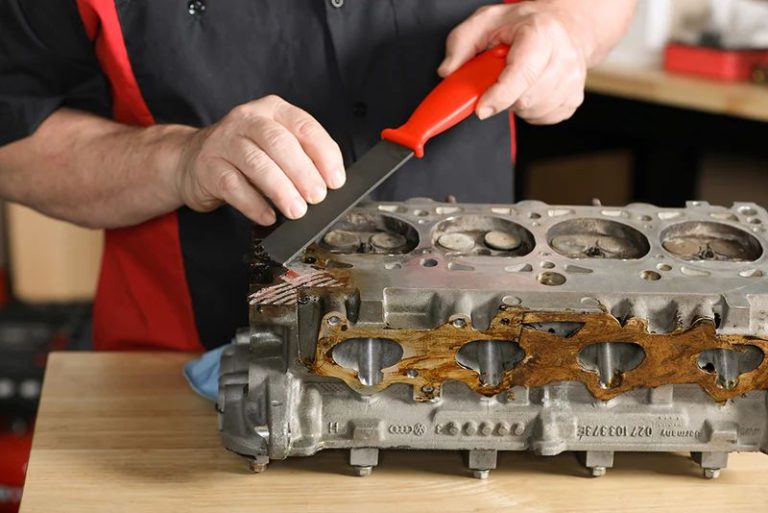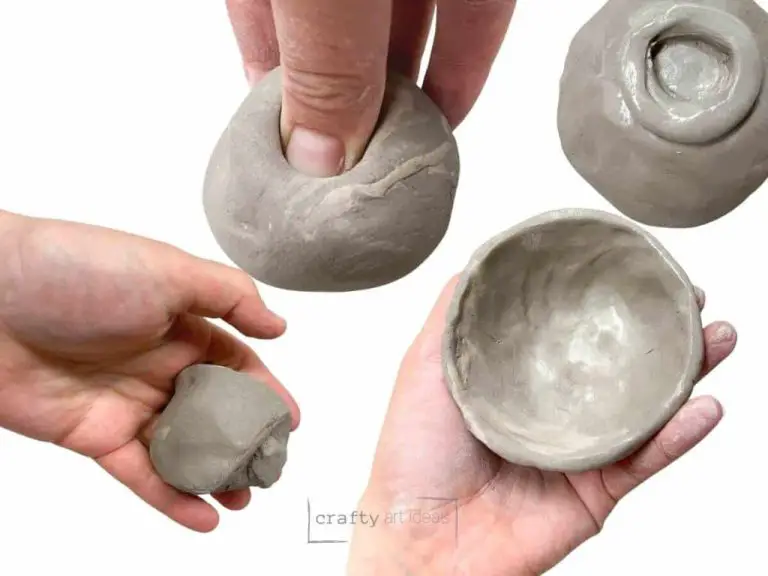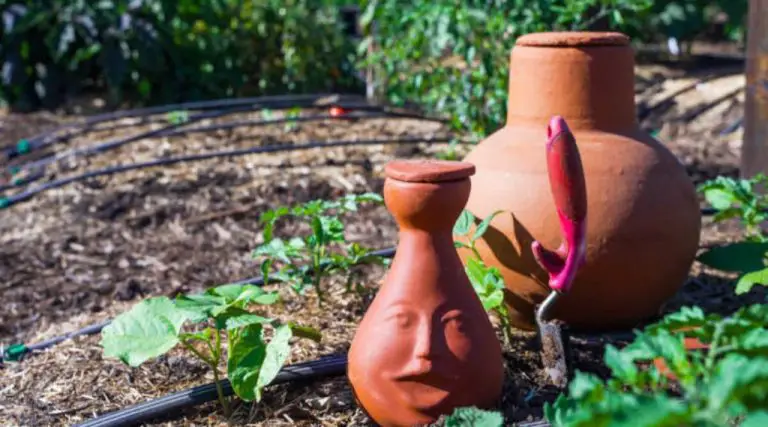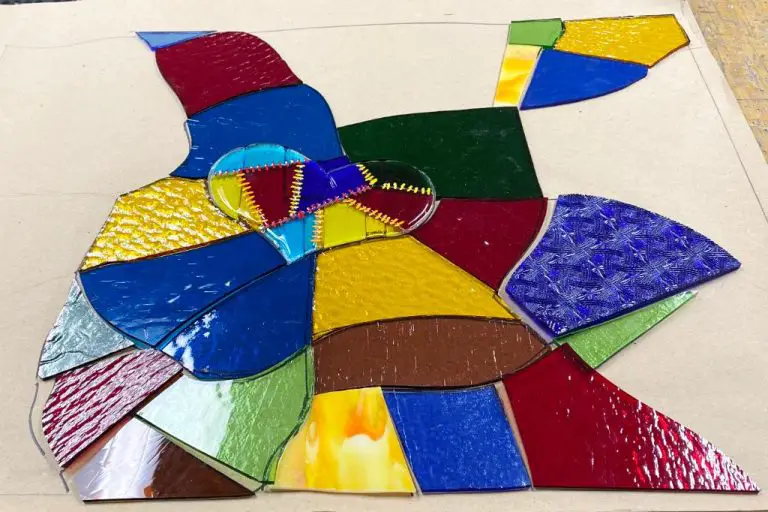Can I Paint A Cup With Acrylic Paint?
Painting on cups and mugs with acrylic paint has become a popular craft and hobby. Acrylic paints are water-based paints made of pigments suspended in acrylic polymer emulsion. They provide vivid colors, are easy to use, and dry quickly. Painting ceramic cups and mugs with acrylics is an enjoyable way to create beautiful custom drinkware.
Supplies Needed
When painting a cup with acrylic paint, you’ll need a few basic supplies. According to Amazon, the main supplies include:
- Canvas or plastic cup – Acrylic paint adheres well to surfaces like ceramic mugs, plastic cups, and canvas. Make sure to use a cup without an existing design or coating.
- Acrylic paint – Acrylic is ideal for painting cups because it adheres to surfaces and dries quickly. You’ll want a variety of colors.
- Brushes – Round and flat synthetic brushes work best for acrylic painting.
- Sealant – Once done painting, seal the cup with a clear acrylic sealer.
You may also want paper towels, cups of water, and a surface protector to keep your painting area clean. With these basics supplies, you’ll be ready to paint your cup!
Preparing the Cup

Before painting a cup with acrylics, it’s important to properly prepare the surface. This involves cleaning, lightly sanding, and priming the cup.
First, wash the cup thoroughly with warm soapy water to remove any dirt, oils or residue. Make sure to scrub both the inside and outside. Rinse and thoroughly dry the cup.
Next, use a fine grit sandpaper, about 220 grit, to lightly scuff the surface. This helps the acrylic paint adhere better. Focus on sanding the outer surface of the cup and just the top edges on the inside. Be careful not to sand too aggressively as you don’t want to remove the printing or logo on the cup. Wipe away any dust.
After sanding, apply a thin coat of acrylic gesso primer to the cup. Gesso helps the paint stick to the surface. Allow the primer to fully dry before painting. Now the cup is prepped and ready for acrylic painting!
Design Considerations
When planning the design for an acrylic painted cup, you’ll want to think about whether you want a simple or complex design. Simple designs with a few elements are great for beginners and make the painting process easier. More complex designs allow you to showcase your skills but require more planning and precision.
Also consider where you want to position the design on the cup. Painting just one side allows the other side to be gripped comfortably when drinking. Wrapping a design around the entire cup creates a bolder look. Painting on the inside or outside of the cup also changes the perspective.
The size of your design elements impacts the difficulty and time required. Larger shapes with solid fill-in color are beginner-friendly. Intricate details and small text can be challenging to paint cleanly, especially on a curved surface. Proportion your design to fit the cup size – smaller cups suit simpler designs.
For inspiration on acrylic cup designs, check out this Pinterest board: https://in.pinterest.com/santra1s/acrylic-painting-on-pottery/
Painting Techniques
When painting a cup with acrylics, there are a few key techniques to use for the best results.
First, start with a basecoat. Fully cover the cup in a solid color to provide a background. Let the basecoat dry completely before moving on. Using acrylic paint pens can help reach small or curved areas.
Next, blend colors on the cup using wet-on-wet techniques. Have areas of different colors meet while the paint is still wet so they mix softly. Tilt the cup gently to direct the blended paint.
For more defined sections of color, let areas dry between applications. Use painters tape for clean edges if desired.
Add details with acrylic paint pens, dotting tools, or brushes. Outline designs, add dots, stripes, or handwritten words. Metallic or glitter paints can create fun accents. Work in thin layers and let dry between applications.
Finally, finish by coating the cup in a clear acrylic sealer. This protects the paint and creates a smooth, finished look. Allow proper drying time before use.
Following basic acrylic painting principles will help create beautiful custom cups with your own artistic touch. Experiment and have fun!
Source: http://www.kbecca.com/acrylic-pour-painting-beginners-dirty-pour-flip-cup-tutorial/
Common Mistakes
Some of the most common mistakes that beginners make when painting cups with acrylic paint include using too much paint, smearing, and leaving brush strokes. According to Acrylic Pouring Mistakes to Avoid, using too much paint is a common error. When pouring acrylic paint onto a cup, it’s important not to pour the paint on too thick. Acrylic paint expands as it dries, so pouring the paint on too thick can lead to cracking and peeling. It’s best to pour multiple thin layers of paint rather than one thick coat.
Smearing the paint before it dries is another common mistake cited by Acrylic Pouring Mistakes to Avoid. It’s important to let each layer of acrylic paint dry completely before moving on. If you smear the paint too soon, you may end up with a muddy, blended look rather than clean distinct patterns. Using a hairdryer can help speed up the drying time between layers.
Finally, leaving visible brush strokes in the paint is a mistake many beginners make according to Acrylic Pouring Mistakes to Avoid. It’s important to pour the paint smoothly and evenly onto the surface of the cup. Dragging the brush through the paint or overblending can leave unsightly brush strokes. Pouring the paint from higher up above the cup can help avoid this issue.
Sealing the Cup
After the paint has fully dried, it is important to seal the acrylic paint on the cup to protect it and prevent chipping or fading over time. There are a few different options when it comes to sealants for acrylic paint.
According to various artists on Reddit (https://www.reddit.com/r/ArtistLounge/comments/16pljlc/sealant_recs_for_acrylic_painted_glass_help/), mod podge or polycrylic work well as sealants for acrylic paint on cups. Mod podge can leave a glossy or matte finish depending on the type. It is recommended to apply 2-3 thin coats, allowing drying time between coats. Polycrylic also provides good protection with a clear finish and is similarly applied in 2-3 light coats.
Other options are spray sealants like Krylon Clear Acrylic Coating or brush-on varnishes intended for acrylic paint. It’s best to avoid aerosol sprays containing solvents like enamel or lacquer. Always check the label and test out the sealant first.
No matter the sealant used, allow the acrylic paint to cure fully, at least 24 hours, before sealing. Gentle, thin coats allow each layer to dry properly. Let the final coat cure 24-48 hours before using the painted cup.
Cleaning and Care
When cleaning a hand-painted cup, it is important to use a gentle touch to avoid damaging the paint. The best method is to handwash the cup with mild dish soap or white vinegar and lukewarm water. Avoid soaking the cup, and use a soft sponge or cloth attached to a handle to gently clean the surface. Scrubbing or abrasive materials can scratch or strip the painted design.
As noted in the Merry Maids article How to Clean Wine Glasses with Hand-Painted Holiday Art, let the cup air dry thoroughly after washing instead of drying with a towel to prevent smudging. Take care not to put hand-painted cups in the dishwasher or expose them to extreme temperature changes which can cause the paint to crack or peel.
Proper care will help preserve your one-of-a-kind painted cup for years to come. Handle it gently, wash by hand with mild cleanser, and avoid abrasives or harsh scrubbing.
Other Paint Options
Acrylic paint is a popular choice for painting on cups and other surfaces, but there are other good options as well. Here’s how acrylic compares to some other common paint types:
Enamel Paint
Enamel paint is known for its gorgeous, glass-like finish. It adheres very well to surfaces like metal and ceramics. Enamel needs to be baked on after application to fully cure. The downside is enamel contains solvents that require proper ventilation. Enamel is also more expensive than acrylic.
Spray Paint
Spray paint can create a smooth, consistent coat on cups and is easy to apply. Like enamel, spray paint contains solvents. It doesn’t fully bond to plastics as well as acrylic. Spray paint is difficult to control and often requires multiple coats to get full coverage.
Chalk Paint
Chalk paint produces a trendy matte finish and easily adheres to many surfaces with minimal prep. It can be sealed for dishwasher safety. Chalk paint is thicker than acrylic and requires careful application to avoid brush strokes. The matte look isn’t always desirable for cups.
Overall, acrylic paint is affordable, readily available, and safe to use. With proper prep and technique, it bonds well to ceramic and plastic cups. Acrylic offers versatility in finishes and color options. For painting cups and similar crafts, acrylic is an excellent all-around choice.
Conclusion
In summary, painting a cup with acrylic paint is a fun, creative way to customize drinkware. With proper preparation and technique, anyone can transform a plain cup into a decorative, hand-painted piece.
Be sure to choose acrylic paints designed for use on ceramics and glass. Sand and clean the surface well before starting. Use painter’s tape and thin coats of paint to achieve clean lines and avoid drips. Let the paint fully dry between coats. Finish with a sealant for washability and durability.
A few final tips: sketch out a design first to plan placement. Work on a flat surface and hold the cup steady as you paint. Be patient as you build up layers and colors. Mistakes can be covered up. Enjoy the process and have fun making your cup unique!





